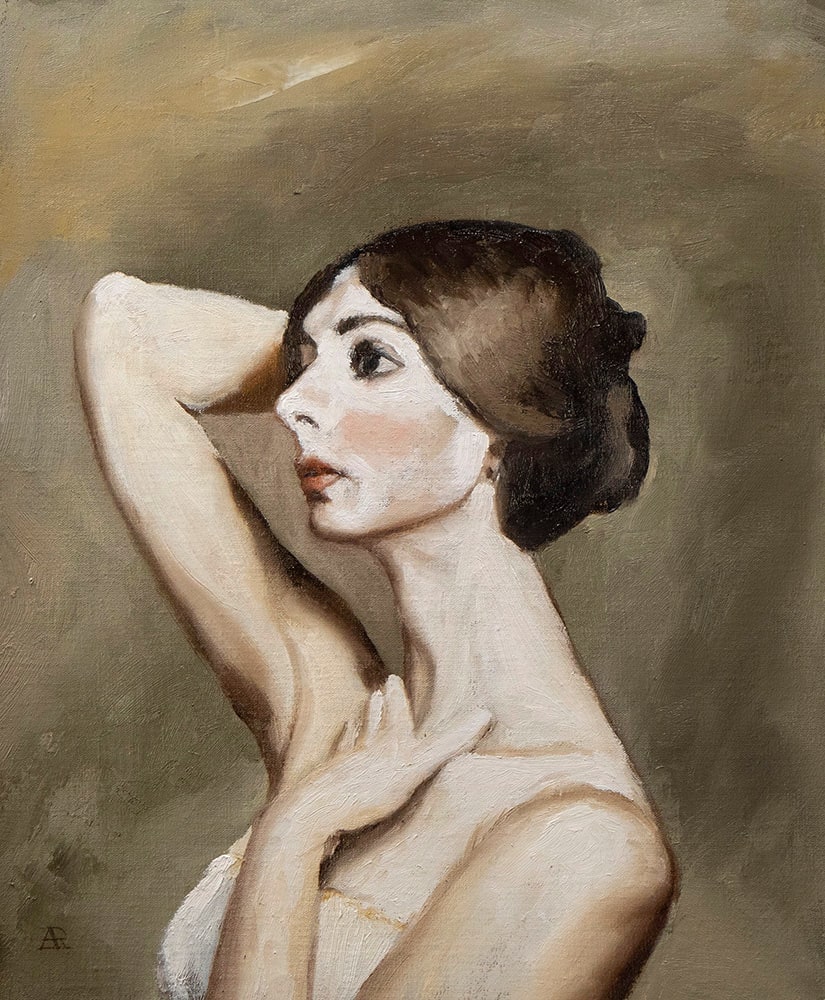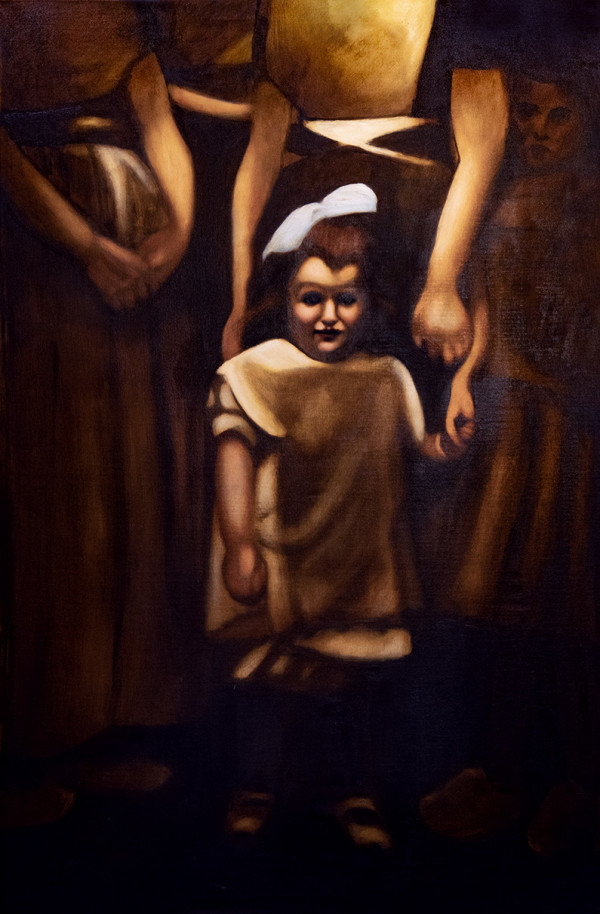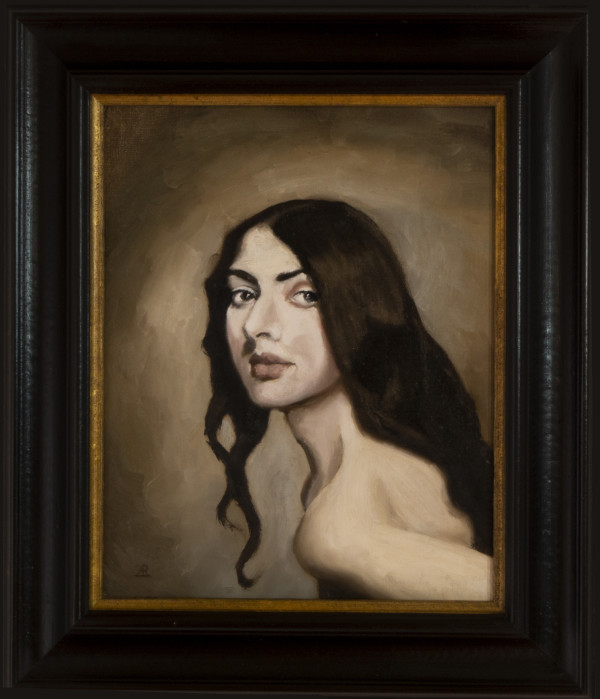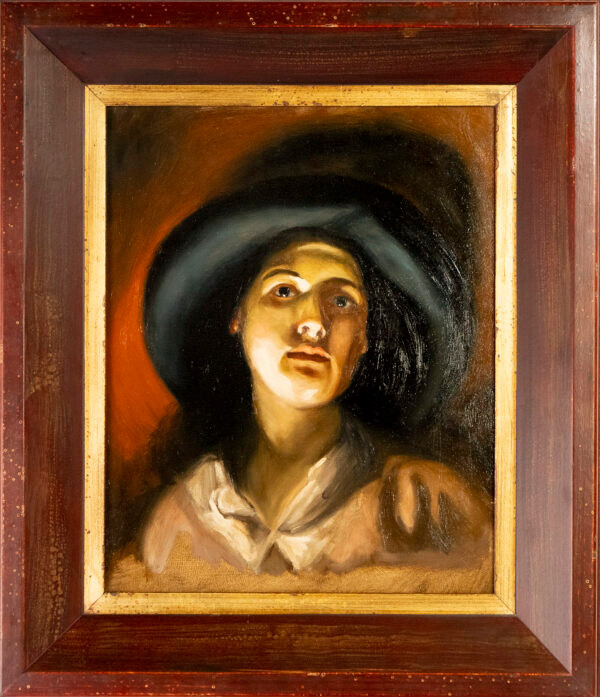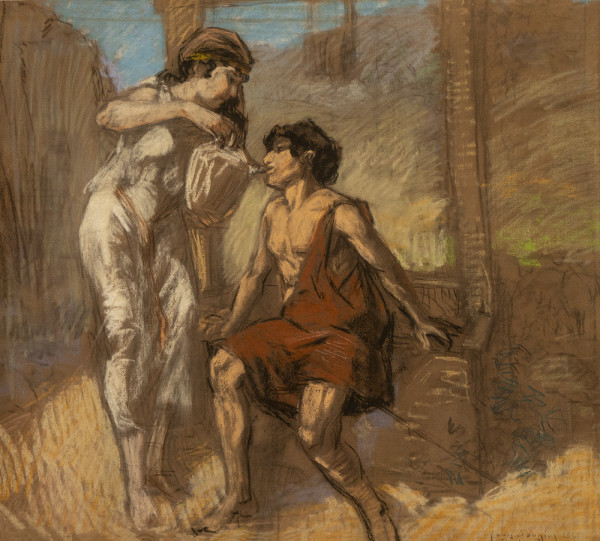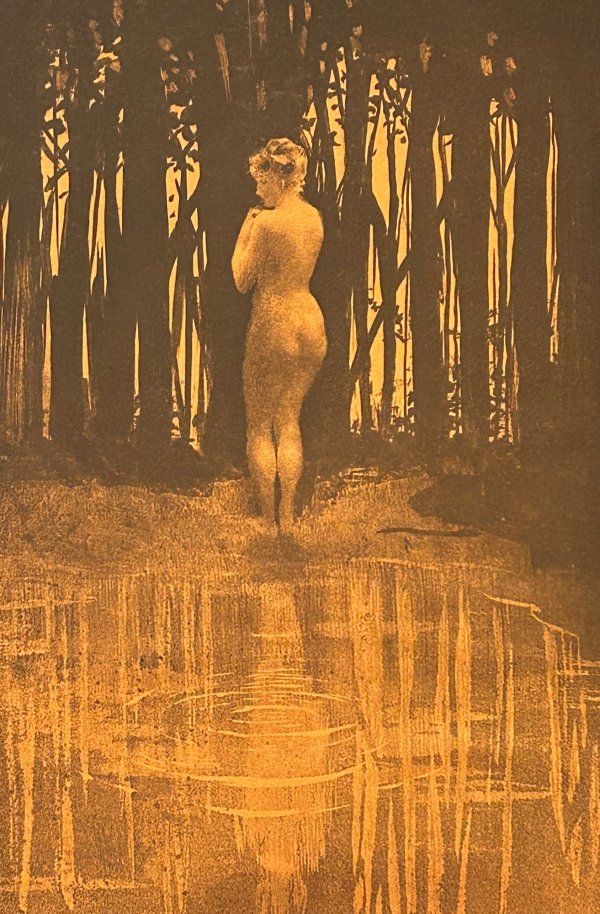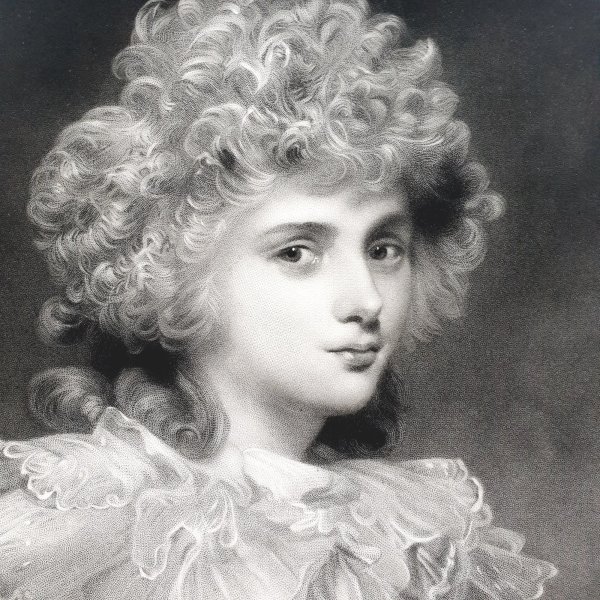- André Romijn
- Nulla in mundo pax sincera - Alleluia, 2021
- Oil
- 37.5 x 30 x 1 cm (14.76 x 11.81 x 0.39 in)
- Framed: 52 x 45 x 5 cm (20.47 x 17.72 x 1.97 in)
- Signature: Autograph on front – signed verso
- €795
-
Available
'Nulla in mundo pax sincera' is a sacred motet (RV630) composed by Antonio Vivaldi in 1735 to an anonymous Latin text. In 18th-century, a motet was defined as a sacred vocal work with a non-litugical Latin verse. The tile of this motet can be translated as 'In this world there is no honest peace' or 'There is no true peace in this world without bitterness'. Vivaldi's motets were intended as show pieces for one of the female musicians of the Figlie di Coro of the Ospedale della Pietà in Venice. This piece was created for a soprano of exceptionally high range (from E above middle C to the B a twelfth higher) and is one of the most interesting of Vivaldi’s early motets for the Pietà.
'Nulla in mundo pax sincera' consists of three parts, Aria; Recitative; Aria, followed by a concluding Alleluia. This painting is part of a series of four.
‘Nulla in mundo pax sincera’ consists of three parts, Aria; Recitative; Aria, followed by a concluding Alleluia. This painting is part of a series of four.
Oil on Claessens linen, laid on wood
Original artwork by André Romijn
Size: 37.5 × 30 cm
Size hand-made frame 52 x 45 cm
Autograph on front – signed verso
Created: 2021
Description
In Nulla in mundo pax sincera, André Romijn delivers an evocative and contemplative portrait that resonates deeply with the sacred and existential themes of Vivaldi’s motet of the same name. Executed in oil on Claessens linen and laid on wood, the painting is part of a series of four works, each inspired by the movements of this sublime 18th-century composition. This particular piece reflects the concluding Alleluia, embodying both spiritual ecstasy and an undertone of bittersweet yearning.
Romijn’s subject is rendered with a sense of timeless grace and vulnerability. The woman’s profile, sharply defined against a subdued, earthy background, is suffused with emotional intensity. Her elongated neck, lifted arm, and delicate hand gesture suggest a moment of surrender or invocation, perhaps mirroring the ascent of a soprano voice in the final Alleluia. The light catches her skin in a way that feels almost sculptural, highlighting the contrasts of strength and fragility, serenity and tension.
The muted palette, dominated by warm greys and flesh tones, adds to the painting’s introspective aura. There’s a softness to Romijn’s brushwork that complements the meditative mood of the piece, while the careful detailing of the subject’s eyes and expression evokes a sense of inner conflict—a search for peace that echoes the motet’s haunting title: In this world there is no honest peace.
Romijn’s reflection on the enduring relevance of the motet’s text—written nearly three centuries ago—adds a layer of philosophical inquiry to the work. In connecting the sacred music of the past to the complexities of the present, he invites viewers to ponder whether humanity has truly progressed, or if we remain ensnared in the same eternal struggles for truth, peace, and redemption.
This painting’s elegant hand-crafted frame enhances its aura of reverence, framing the piece as both an homage to Vivaldi’s sacred music and a meditation on the human condition. As part of a quartet, Nulla in mundo pax sincera stands as a poignant visual symphony—an exquisite fusion of sound, spirit, and paint.
- Subject Matter: Portrait
- Collections: Antonio Vivaldi, Pasqualina

